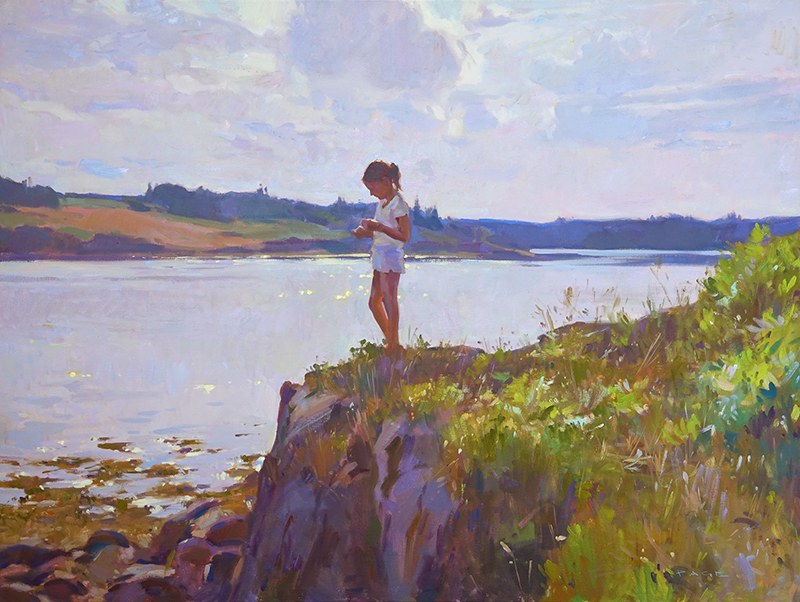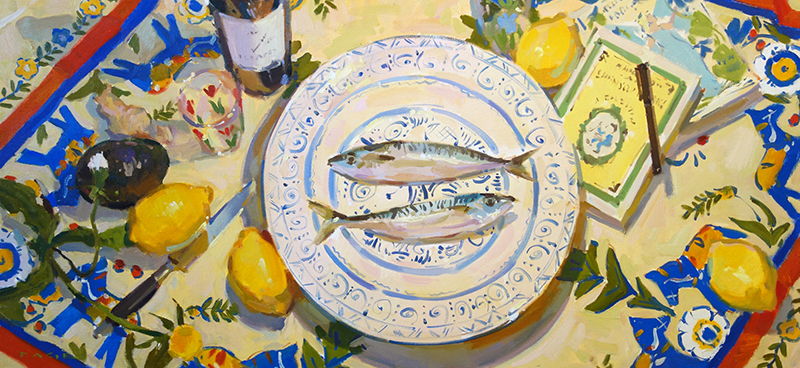Colin Page


Gallery representation
Page Gallery
23 Bay View Street, Camden, Maine
(207) 230-8048
Anglin Smith Fine Art
9 Queen Street, Charleston, South Carolina
(843) 853-0708
Bio
Colin Page (b. 1977) was raised in Baltimore, Maryland and studied painting at the Rhode Island School of Design and at the Cooper Union for the Advancement of Science and Art. He lives and works in Camden, Maine and owns and curates Page Gallery.
Colin Page is known for pushing his paintings to hold a maximum amount of chroma. He plays within the bounds of color to make representational paintings of Maine's landscape and the figures, boats and architecture within it, as well as both indoor and outdoor still life paintings. His gestural paintings and the energy of his color and brushstrokes, emphasize and convey the joy and urgency of a vibrant and full life. Colin Page continues to paint en plein air and has developed a discipline of more focused studio painting.
Colin Page's paintings have been featured in solo exhibitions and group shows internationally, including the Kaiping Museum of Art in China, the LA Natural History Museum, the Annual Juried Show by the Guild of Boston Artists, the Portsmouth Historical Society, the Laguna Beach Plein Air Invitational, and the Maynard Dixon Camp Out by the Thunderbird Foundation.
In May of 2019 Colin opened Page Gallery in Camden, Maine. The gallery exhibits a wide variety of paintings, drawings, and sculptures by leading contemporary artists. He uses the gallery for year round community outreach opportunities such as an annual youth art show and regular free educational programming and art discussions.
Copyright © 2024 - 2025 Colin Page